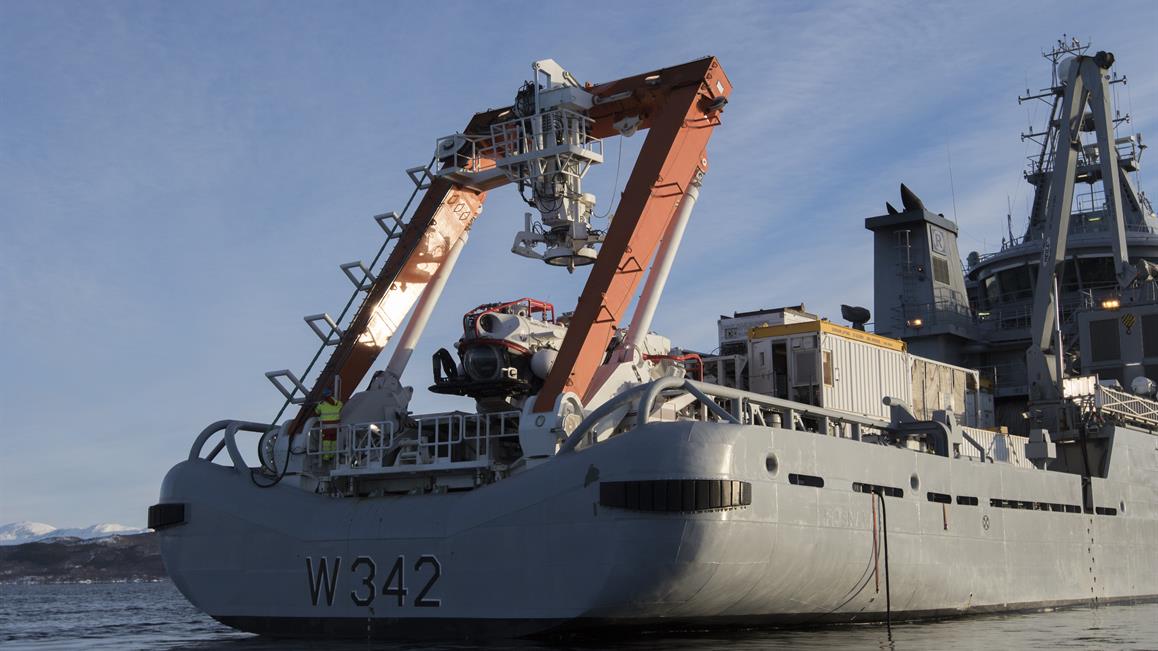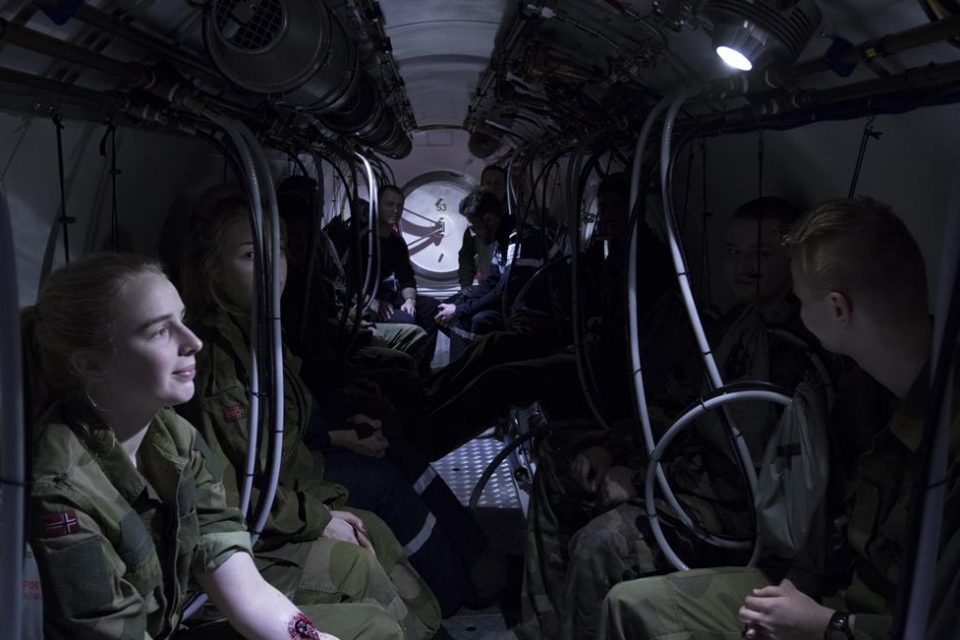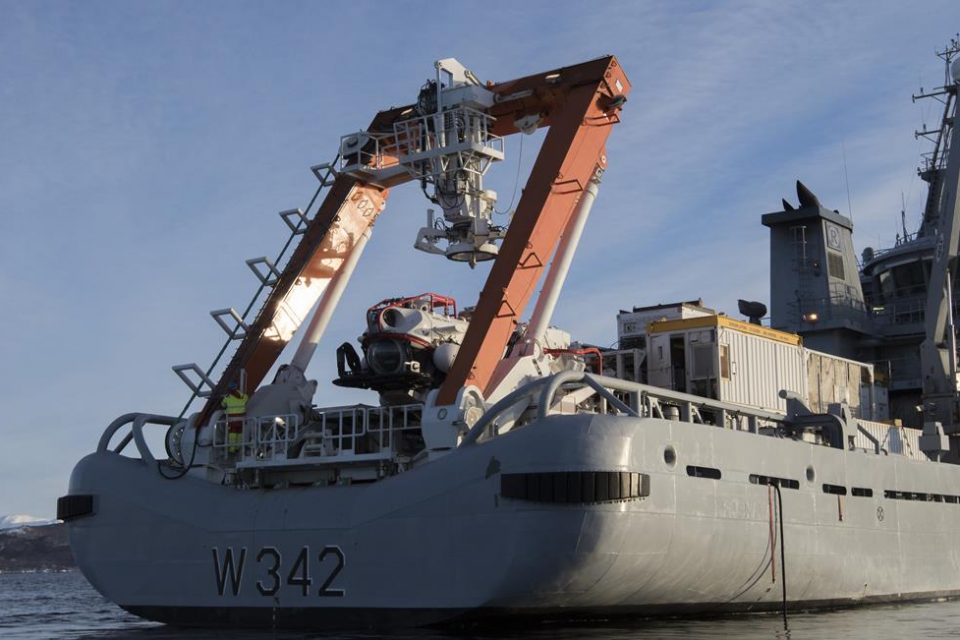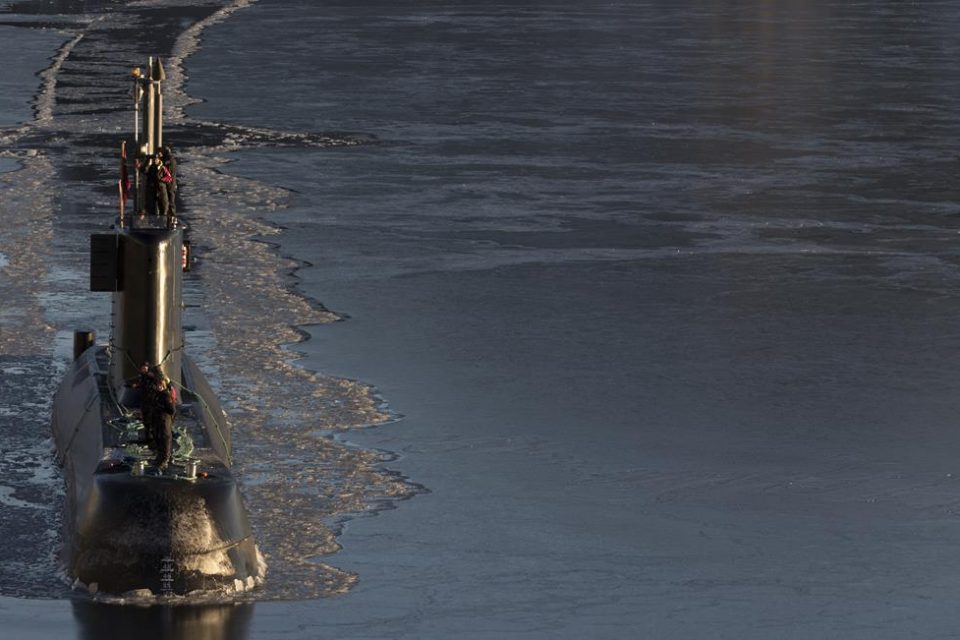2017-03-12 As NATO nations rework their defense strategies to deal with evolving threats, clearly the question is investment in relevant capabilities.
This means that although a % criterion for investment is certainly part of the equation, it is not the only criterion.
For NATO nations clearly it is the effective contribution to that nations own defense and to doing so in such a way that interoperability with other nations is enhanced both for the self defense of the nation and enhancements in overall coalition capabilities for defending against 21st century threats.
Thus, Article III investments become especially important going forward for the alliance.
Article III of the NATO treaty reads: “In order more effectively to achieve the objectives of this Treaty, the Parties, separately and jointly, by means of continuous and effective self-help and mutual aid, will maintain and develop their individual and collective capacity to resist armed attack.”
In an interview last month with the Norwegian Deputy Minister of Defense in his Oslo office, Mr. Øystein BØ, emphasized the article’s importance:
“Article III is the obligation to have a strong national defense and to be able to be a net contributor to security.
There is no free ride in NATO, we’ve all got to do our part to be able to defend each other.”
It is also about relevant and effective burden sharing, namely finding ways to enhance the capability of NATO nations to operate in the extended battlespace and to share data in enhanced distributed operations with evolving C2 innovations.
The point is that there can plainly be bad investments or investments not relevant to 21st century defense, and these criteria apply to all of the NATO nations, including the United States.
There can be clearly new ways to shape burden sharing which can provide for more effective ways to augment relevant defense capabilities.
One example has been the European Transport Command, which is finding ways to share capabilities across the lift and tanking fleet to provide for enhanced support to member states.
https://sldinfo.com/the-european-air-transport-command-supports-red-flag-2017/
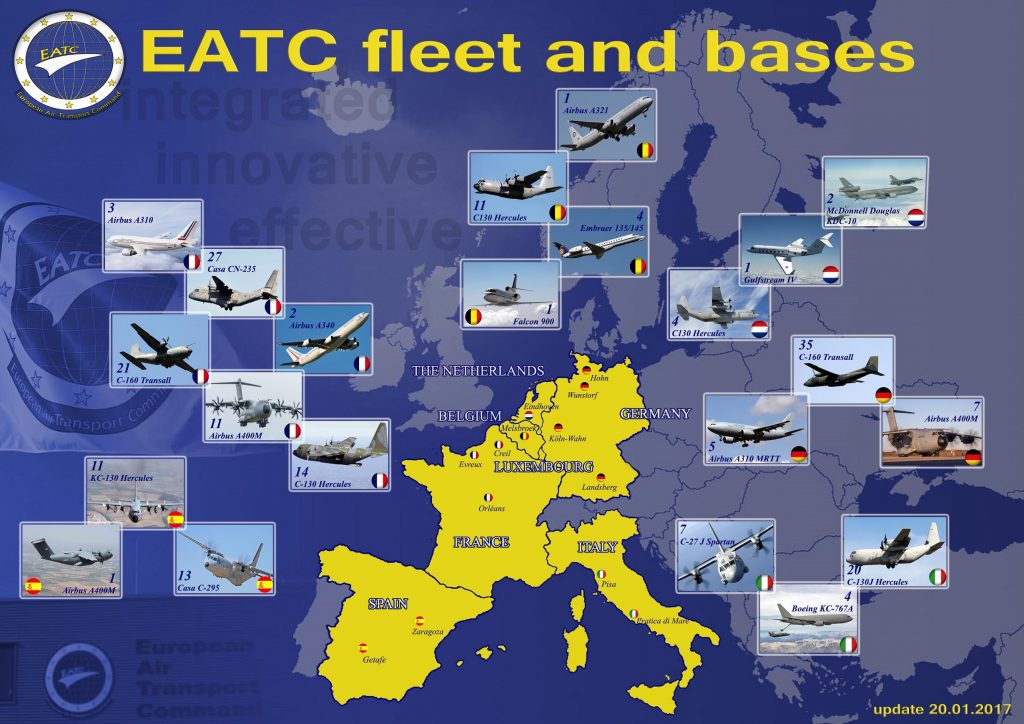
Another example might be the North Atlantic NATO members finding a way to add Triton capabilities to their force.
Two of these states are buying the P-8, namely the UK and Norway, but perhaps Canada, Norway and the UK could buy a small fleet of Triton platforms to complement their Maritime Patrol Aircraft, and to share the data and to find ways as well to shape innovative C2 methods.
Another example is provided by a recent exercise conducted in Arctic waters.
According to an article published by the Norwegian Ministry of Defence on February 26, 2017, this example is detailed.
During Exercise Northern Sun 17 the NATO Submarine Rescue System has been tested in Arctic waters for the first time.
This is also the first time we have flown the equipment between Prestwick and Bogen, says Commander Ian Duncan, project manager for the submarine rescue system.
350 tonnes of material has been transported from its location in Faslane, Scotland by road to Prestwick airport and flown to Evenes with the help of 7 C-17, 2 Antonov 124 and 2 A300M aircrafts. From here it was fitted to the Norwegian coast guard vessel KV Sortland, from where the equipment is being operated during the exercise.
We have two sets of rescue systems.
One of them is an intervention system that includes a Remotely Operated Vehicle. This can survey the submarine and use its arms to cut through ropes and other items blocking the submarine hatches.
The other part of the rescue system include a submarine rescue vehicle that is attached to the submarine through the escape hatch so that the survivors can climb on board as well as a set of hyperbaric chambers for treating the rescuees if needed, says Duncan.
Can Save 150 Persons
NATO Submarine Rescue System has the capacity to rescue up to 150 personnel from a disabled submarine 600 meters under the surface.
During the exercise the participating Norwegian submarine will dive down to about 100-150 meters below the surface.
During the exercise we are testing the submarine rescue vehicle system and the hyperbaric pressure system.
Divers and medical teams from Norway, France and the UK are participating.
The goal is to demonstrate that the system works in Arctic waters.
For the personnel on the Norwegian coast guard ship it is common to operate in Arctic waters, but the personnel operating the rescue system and the equipment itself are not used to the low temperatures, Duncan says.
Every year two exercises are carried out in each of the three countries to test out the procedures.
Ensures Safety
The submarine rescue exercise Northern Sun is a very important arena for training to ensure the safety of the Norwegian submarine crews. Under normal circumstances where we have submarines present in Northern Norway, it is natural that the rescue system is tested in the same area and under the same circumstances in which the submarines operates, says Christian Berg-Jensen, who is working with submarine operations at the Norwegian Joint Headquarters.
Our expectations for the exercise are that we get to train the rescue personnel, test the vessels and train the organisation and the concept in new surroundings and conditions, making sure that operating the rescue system under winter conditions in Northern Norway becomes the least possible challenge the day it really matters, says Berg-Jensen.
Owned by Three Nations
The NATO Submarine Rescue System is owned by Norway, France and Great Britain.
The three countries share the costs and manage the system together.
It is the only submarine system in the world owned by many nations.
The rescue capacities can be scrambled on a short notice anywhere in the world.
Within 72 hours the first person is to be rescued from the disabled submarine.
40 divers and 24 medical personnel from all the three countries work with the rescue system.
While other submarine rescue systems can only be used on one specific ship, the NATO Submarine Rescue System can be attached to a large number of vessels.
Having a credible rescue concept for perished submarines is vital for both the Norwegian Armed Forces as a whole and the personnel serving on the boat.
NATO Submarine Rescue System is a very important capability for our ability to ensure the safety of the crews on Norwegian submarines in that it provides a significantly improved chance of survival if an accident should occur, says Berg-Jensen.
https://forsvaret.no/en/newsroom/news-stories/northern-sun


